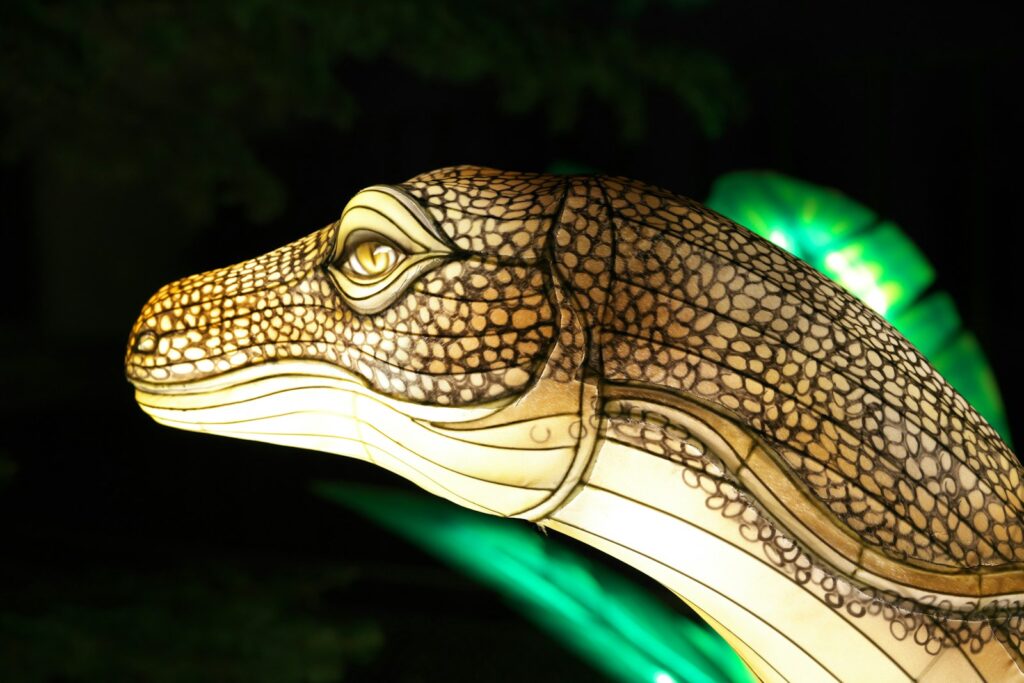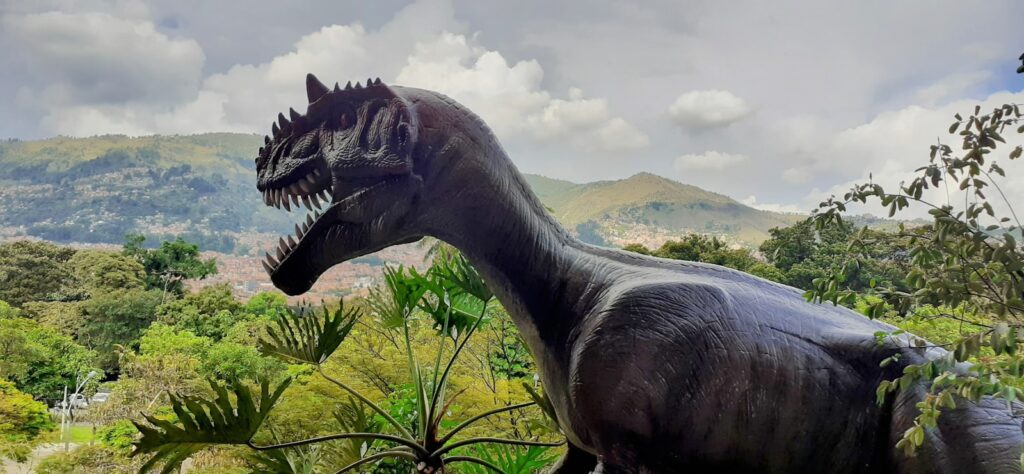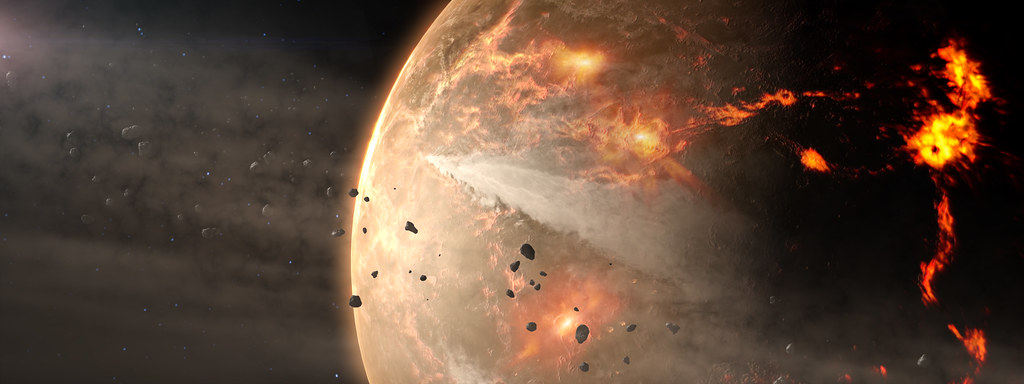Picture this: you’re standing in a moonlit forest 100 million years ago. The air is thick with humidity and the sound of rustling leaves. Suddenly, you hear the soft padding of clawed feet and catch a glimpse of glowing eyes in the darkness. While most people imagine dinosaurs as day-dwelling giants basking in prehistoric sunlight, mounting evidence suggests that some of these ancient creatures were actually creatures of the night.
The Mystery of Dinosaur Sleep Patterns
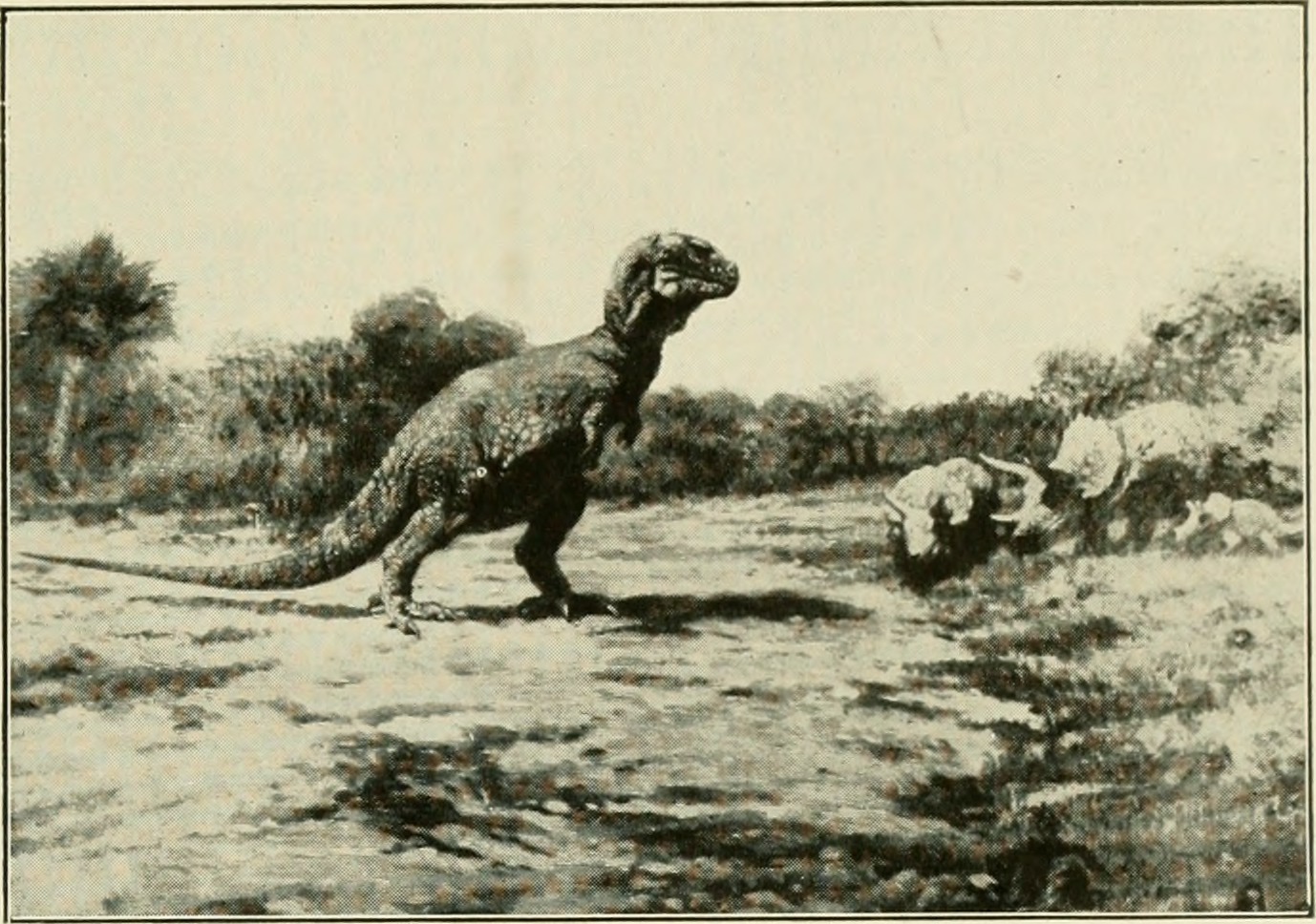
For decades, scientists assumed dinosaurs were primarily diurnal creatures, active during daylight hours like most modern large animals. This assumption seemed logical given their massive size and the energy requirements needed to maintain such enormous bodies. However, recent discoveries have challenged this conventional wisdom in surprising ways.
The truth is, determining the sleep patterns of extinct animals presents unique challenges. Unlike studying living creatures, paleontologists must rely on fossilized remains, indirect evidence, and comparisons with modern relatives. Yet these clues are painting an increasingly complex picture of dinosaur behavior that extends far beyond our daytime assumptions.
Reading Ancient Eyes: Windows to Nocturnal Behavior
The most compelling evidence for nocturnal dinosaurs comes from their eye structures. Scientists can examine fossilized skulls and eye sockets to determine the size and shape of dinosaur eyes relative to their body size. Large eyes typically indicate adaptation to low-light conditions, while specialized structures suggest enhanced night vision capabilities.
Some dinosaur species possessed remarkably large eye sockets, suggesting they relied heavily on vision in dim conditions. The famous Triceratops, for instance, had relatively small eyes for its massive head, indicating daytime activity. In contrast, smaller theropods often displayed proportionally enormous eyes that would have been perfect for nighttime hunting.
The Nocturnal Hunter: Shuvuuia and Night Vision
Meet Shuvuuia deserti, a small feathered dinosaur from Mongolia that lived about 75 million years ago. This crow-sized creature possessed some of the most extraordinary night vision capabilities ever discovered in the fossil record. Its eye structure suggests it could see in conditions darker than those tolerated by modern owls.
Shuvuuia’s eyes were not just large but also contained specialized features that enhanced light sensitivity. The shape and size of its eye sockets indicate it had excellent depth perception and motion detection in low-light environments. This tiny dinosaur likely spent its nights hunting small mammals and insects that emerged under cover of darkness.
What makes Shuvuuia even more fascinating is its hearing abilities. Fossilized inner ear structures reveal that this dinosaur had exceptional hearing, particularly for high-frequency sounds. This combination of enhanced vision and hearing made it a formidable nocturnal predator.
Feathered Night Stalkers: Small Theropods After Dark
Many small theropod dinosaurs show evidence of nocturnal adaptations that would make modern night hunters jealous. These creatures, often no larger than chickens or turkeys, possessed features that suggest they were perfectly adapted for nighttime activity. Their lightweight bodies, keen senses, and agile movements made them ideal candidates for nocturnal lifestyles.
Fossil evidence indicates that several species of small theropods had enlarged brain regions associated with processing visual and auditory information. This neural specialization, combined with their physical adaptations, suggests these dinosaurs were sophisticated nighttime hunters. They likely pursued small mammals, early birds, and insects that were active during cooler nighttime hours.
The Advantage of Darkness: Why Some Dinosaurs Chose Night
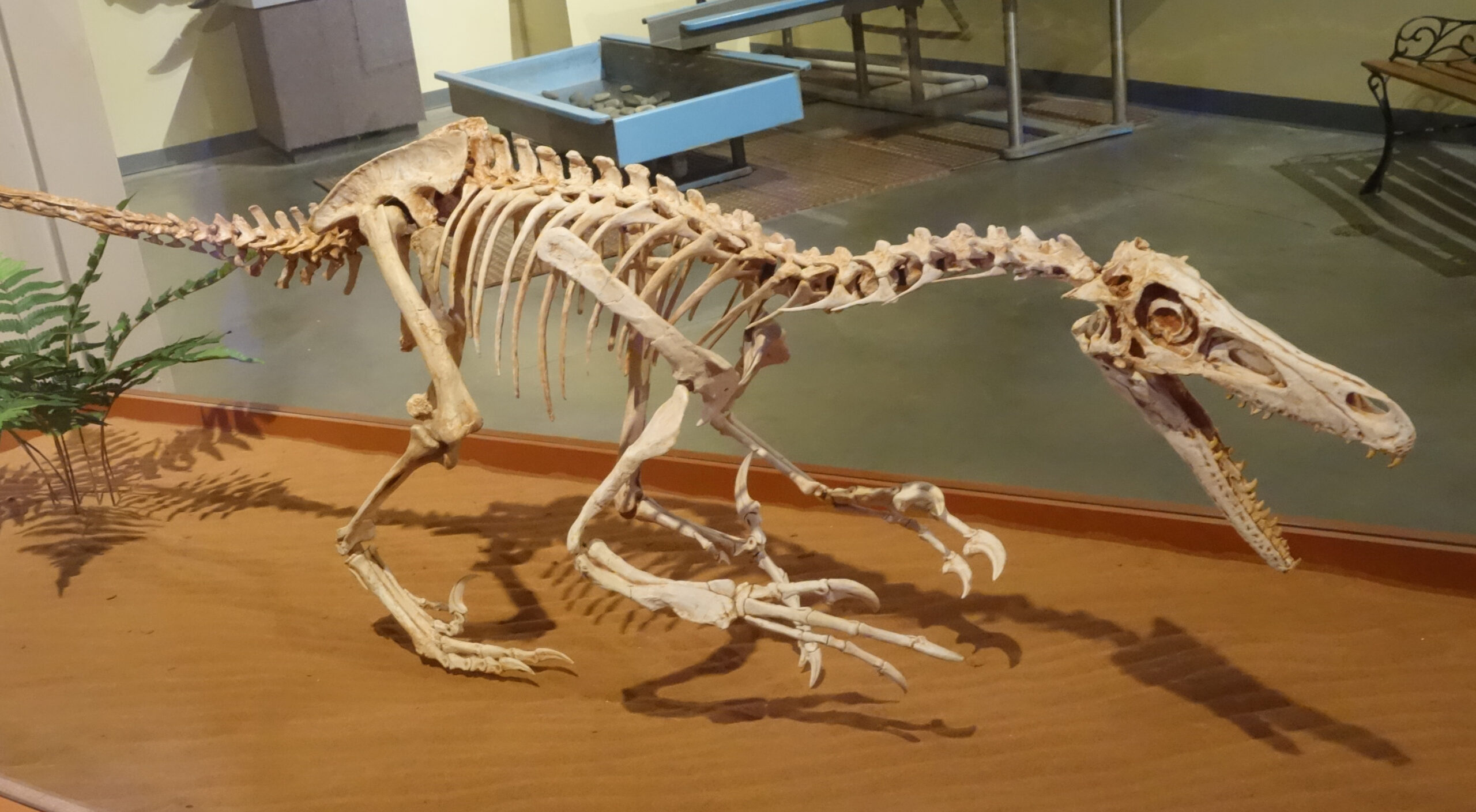
Living in darkness offered several evolutionary advantages for certain dinosaur species. Nighttime provided cooler temperatures, which was particularly beneficial for smaller dinosaurs that struggled with heat regulation. The cover of darkness also offered protection from larger predators and reduced competition for food resources.
Nocturnal activity allowed these dinosaurs to exploit ecological niches that were unavailable during the day. Many early mammals and other small creatures were active at night, providing abundant prey opportunities for nighttime hunters. This temporal separation reduced direct competition with larger, day-active dinosaurs and allowed smaller species to thrive.
The darkness also provided tactical advantages for both predators and prey. Nocturnal dinosaurs could use stealth and surprise to their advantage, while prey species could use the cover of darkness to avoid detection by diurnal predators.
Comparing Ancient and Modern: Lessons from Living Relatives
To understand dinosaur behavior, scientists often look to modern birds and crocodiles, the closest living relatives of dinosaurs. Many bird species are nocturnal or crepuscular, active during twilight hours. Owls, nightjars, and many seabirds have evolved sophisticated adaptations for low-light conditions that may mirror those of their dinosaur ancestors.
Modern crocodiles also display interesting activity patterns, with many species being most active during dawn and dusk hours. Some crocodilians hunt primarily at night, using their excellent night vision and sensitive hearing to locate prey. These behaviors provide valuable insights into how similar adaptations might have functioned in extinct dinosaurs.
The Sound of Prehistoric Nights: Audio Communication
Nocturnal dinosaurs likely relied heavily on sound for communication and navigation in the darkness. Fossil evidence of sophisticated hearing apparatus in many small theropods suggests they used vocalizations to coordinate activities, locate mates, and maintain territory boundaries. The prehistoric night may have been filled with a symphony of dinosaur calls and responses.
Some dinosaurs possessed specialized structures that could produce sounds, including hollow crests and throat pouches. These features may have been particularly important for nocturnal species that needed to communicate across distances without visual contact. The acoustic landscape of the Mesozoic would have been quite different from what we might imagine.
Research into modern nocturnal animals shows that sound plays a crucial role in nighttime behavior. From the haunting calls of owls to the complex vocalizations of bats, audio communication is essential for creatures that live in darkness. Dinosaurs likely employed similar strategies millions of years ago.
Thermal Regulation and Night Activity
The relationship between body temperature and activity patterns played a crucial role in dinosaur behavior. Smaller dinosaurs, with their higher surface-area-to-volume ratios, were more susceptible to temperature fluctuations and may have sought the cooler conditions of night to avoid overheating. This thermal consideration could have driven the evolution of nocturnal behavior in certain lineages.
Evidence suggests that some dinosaurs were capable of regulating their body temperature to some degree, but they still faced challenges in extreme heat. Nighttime activity would have allowed these creatures to remain active while avoiding the scorching temperatures of Mesozoic days. The strategy of temporal thermal regulation represents an elegant solution to environmental challenges.
Fossil Evidence: Piecing Together the Nighttime Puzzle
The fossil record provides tantalizing clues about nocturnal behavior, though direct evidence remains challenging to obtain. Scientists examine everything from eye socket dimensions to inner ear structures, brain case shapes, and even the preservation context of fossils. Each piece of evidence contributes to our understanding of how these ancient creatures lived.
Recent advances in CT scanning and 3D modeling have revolutionized our ability to study dinosaur sensory organs. These technologies allow researchers to create detailed reconstructions of brain cases and sensory structures, providing unprecedented insights into dinosaur behavior. The data consistently points to remarkable sensory adaptations in many species.
Trace fossils, including footprints and coprolites, also provide valuable information about dinosaur activity patterns. While these indirect evidence sources don’t definitively prove nocturnal behavior, they contribute to the growing body of evidence supporting diverse activity patterns among dinosaurs.
The Ecological Web: How Nocturnal Dinosaurs Fit the Ecosystem
Nocturnal dinosaurs played crucial roles in Mesozoic ecosystems, creating complex webs of predator-prey relationships that spanned day and night cycles. These creatures helped regulate populations of small mammals, early birds, and insects, maintaining ecological balance across temporal boundaries. Their presence ensured that energy flow continued throughout the 24-hour cycle.
The existence of nocturnal dinosaurs also influenced the evolution of other creatures in their environment. Small mammals, which were primarily nocturnal during the Mesozoic, faced predation pressure from these nighttime hunters. This pressure likely drove the evolution of enhanced sensory abilities and defensive strategies in early mammal lineages.
Understanding these ancient ecological relationships helps us appreciate the complexity of prehistoric ecosystems. The interplay between diurnal and nocturnal species created dynamic environments where different creatures dominated at different times, maximizing the use of available resources and habitats.
Challenging Traditional Views: Rethinking Dinosaur Behavior
The discovery of nocturnal dinosaurs has fundamentally challenged our understanding of these ancient creatures. For too long, popular culture has portrayed dinosaurs as simple, day-dwelling giants driven primarily by basic instincts. The reality reveals far more sophisticated creatures with complex behaviors adapted to various ecological niches.
This shift in understanding reflects broader changes in paleontology, where scientists increasingly recognize dinosaurs as behaviorally complex animals rather than simple monsters. The evidence for nocturnal behavior adds another layer to our appreciation of dinosaur intelligence and adaptability. These creatures were not just successful because of their size or strength, but because of their behavioral flexibility.
Modern research continues to reveal new aspects of dinosaur behavior that challenge preconceived notions. From parental care to social structures, communication systems, and now activity patterns, each discovery adds depth to our understanding of these remarkable animals.
Technology Reveals Ancient Secrets
Advanced imaging technologies are revolutionizing our ability to study dinosaur sensory capabilities. High-resolution CT scans allow scientists to examine the internal structures of fossilized skulls, revealing details about brain organization and sensory processing areas. These techniques provide unprecedented insights into how dinosaurs perceived their world.
Computer modeling and simulation help researchers understand how dinosaur sensory organs would have functioned in life. By combining fossil data with knowledge of modern animal sensory systems, scientists can create detailed reconstructions of dinosaur capabilities. These models suggest that some species possessed sensory abilities that rivaled or exceeded those of modern nocturnal animals.
The integration of multiple technological approaches strengthens the evidence for nocturnal behavior in dinosaurs. When anatomical evidence, comparative studies, and computer modeling all point in the same direction, the conclusions become increasingly robust.
Implications for Understanding Dinosaur Evolution
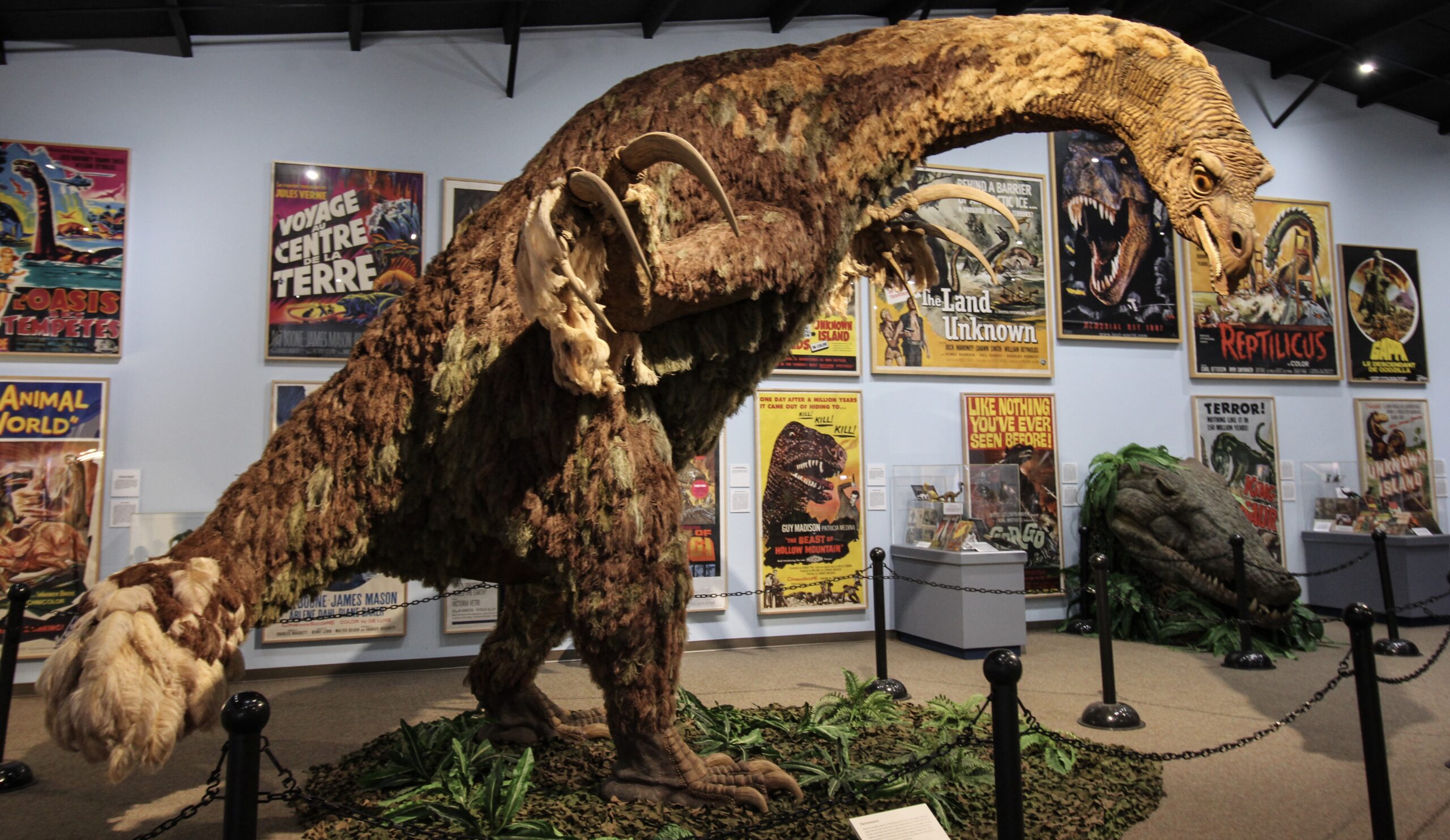
The recognition of nocturnal behavior in dinosaurs has profound implications for understanding their evolutionary success. Activity pattern diversification allowed dinosaurs to exploit different temporal niches, reducing competition and maximizing resource utilization. This behavioral flexibility may have contributed to their dominance of Mesozoic ecosystems.
Nocturnal adaptations also provide insights into the evolution of sensory systems in vertebrates. The sophisticated vision and hearing capabilities of some dinosaurs represent evolutionary innovations that preceded similar adaptations in modern animals. Understanding these ancient solutions to environmental challenges informs our broader knowledge of evolutionary processes.
The study of nocturnal dinosaurs also highlights the importance of behavioral diversity in evolutionary success. Rather than being limited to simple survival strategies, dinosaurs developed complex behavioral repertoires that allowed them to thrive in diverse environments for over 160 million years.
Future Research Directions
The study of nocturnal dinosaurs represents a rapidly evolving field with numerous opportunities for future research. Improved imaging techniques, better preservation methods, and new analytical approaches continue to reveal previously hidden aspects of dinosaur biology. Each technological advance brings new possibilities for understanding these ancient creatures.
Future discoveries may reveal additional nocturnal species and provide more detailed insights into their behavior patterns. The fossil record is far from complete, and new finds regularly challenge existing theories and expand our understanding of dinosaur diversity. The potential for groundbreaking discoveries remains enormous.
Collaborative research combining paleontology, neuroscience, and computer modeling promises to unlock even more secrets of dinosaur behavior. As our understanding of modern animal sensory systems improves, we gain new tools for interpreting fossil evidence and reconstructing ancient behaviors.
The revelation that some dinosaurs were nocturnal creatures fundamentally changes our perception of these ancient animals. Far from being simple, day-dwelling giants, dinosaurs exhibited sophisticated behavioral adaptations that allowed them to thrive in diverse ecological niches. The evidence for nocturnal behavior, from specialized eye structures to enhanced hearing capabilities, paints a picture of creatures that were remarkably well-adapted to their environments. These discoveries remind us that the prehistoric world was far more complex and dynamic than we once imagined, with activity continuing around the clock in ecosystems teeming with life. Who knows what other secrets these ancient creatures still hold in their fossilized remains?

